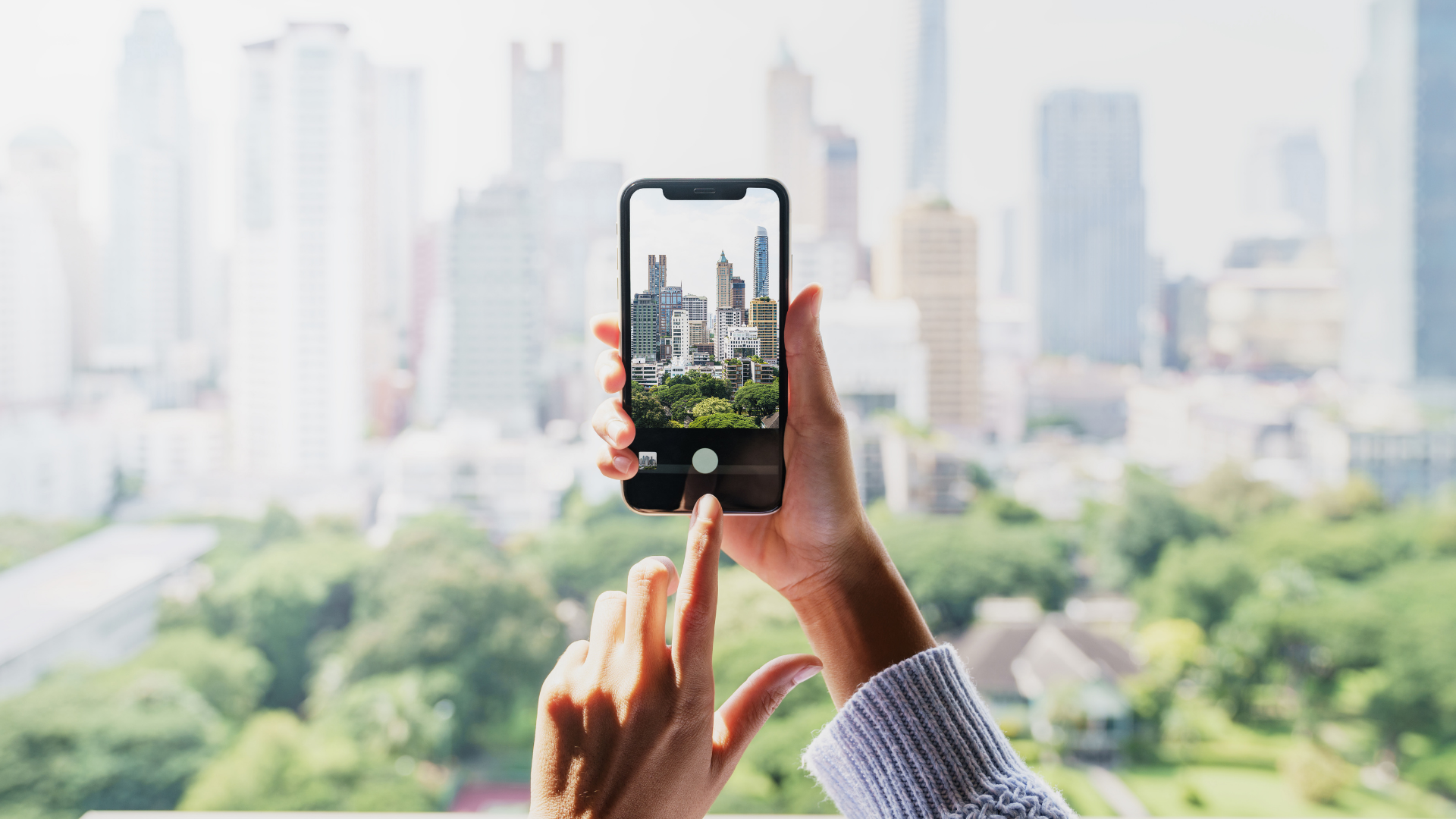Photography on the iPhone is tricky because the camera is the phone’s main feature. Still, the photos are often disappointing, and – if you look closely – the camera is often in the way of the real action.
The art of photography has been around for a long time and continues to grow in popularity. There was a time when people had to be in the right place at the right time to capture a moment, but today it is easier than ever to take pictures with almost any phone. With the ease of access, smartphones have become a wonderful tool for those who want to take photos to share with family and friends. However, none of this would be possible if the camera is faulty or if there’s something wrong with the iPhone. In such cases, you could look for an iPhone Repair shop near your location and get it fixed as soon as possible. And once it’s fixed, you’re good to take as many pictures as you want.
Here are the top tips for iPhone Photography:
- Shift perspective.
You can take a still picture of the world around you by simply pressing a button. It’s not the most popular smartphone camera feature, but it’s an easy and effective way to capture a moment, and it’s great for snapshots that don’t require that much detail. However, there are times when you will want to use your iPhone’s camera to shoot a video-specifically when you want to capture a scene from a unique perspective.
- Search for detail in close-up shots.
Finding detail in close-up shots of people/objects is one of the most challenging photographic tasks. But it is also one of the most rewarding! The iPhone has the most impressive capabilities for taking photos, but it’s not without its drawbacks. Sure it can capture amazing close-up shots, but it’s not great at landscape photos or extreme macro photos, and because of the lack of megapixels, it can sometimes miss the shot.
- To follow the rule of thirds, turn on the grid.
There are many rules of photography that, when followed, will improve your images; try and keep the rule of thirds in mind at all times. The rule states that you should place your main subject (the one you want viewers to focus on) within a third of the frame. The rest of the frame should contain equal thirds of the image. An image, left to right, is 1/3rd top, 1/3rd center, and 1/3rd bottom.
- Steady hands or perhaps tripods
Steady hands are the key to clicking pictures that speak to the viewers and tell stories. Picture this: you want to tell the story of the bustling street in your neighborhood — the street vendors, the color-faded walls, and the rustic buildings standing in quiet for ages. Clicking these in a way that makes them stand out to the audience would need you to have them in clear focus. Using a Pocket Tripod could help in clicking pictures that are not blurry. Tripods have sturdy legs, fluid tilt adjustments, and angle indicators for clicking the best possible pictures. What’s more? They can be easily carried during travel, thanks to their small size.
- Look for leading lines.
There are several parts of the human anatomy that need a bit of technical assistance to make the best of them. Eyes, ears, and noses are obvious candidates, but the nose also encompasses the nostrils and the upper lip. If you’re keen to explore your creative side, this is a good place to start. The leading line: the eye line of your photograph. It can be the simplest yet the most powerful type of line in your photos. An eye line is the most important thing in a photograph when you think about it. It is the thing that indicates where your viewer is looking and what they are seeing.
- Make a sense of depth.
If you can imagine a camera that’s as big as a wall clock, you can probably think of a few ways to use it. The idea of a camera that fills the palm of your hand is perhaps the most well-known. The same functionality can be achieved by using a larger sensor that can capture more detail. But perhaps the cleverest way to make use of the new technology is to expand the depth of view.
- Make it simple.
Photography is fun. It’s something that can be done anywhere and with anybody. But there are some techniques that will make your images better-starting with taking pictures with your iPhone. As the iPhone photography revolution dawns, we have already seen the number of apps and filters available on the App store grow exponentially. But there are also a lot of apps and filters that don’t do a lot to help you take better pictures. This is where the camera and iOS come in. The camera on the iPhone is one of the best, and there are some really simple things you can do to improve the quality of your photos.
iPhone photography is a huge deal these days, and there are a lot of people looking to get their smartphone cameras up to snuff. But if you’re starting or want to improve your photography, it can be challenging to know where to start.
